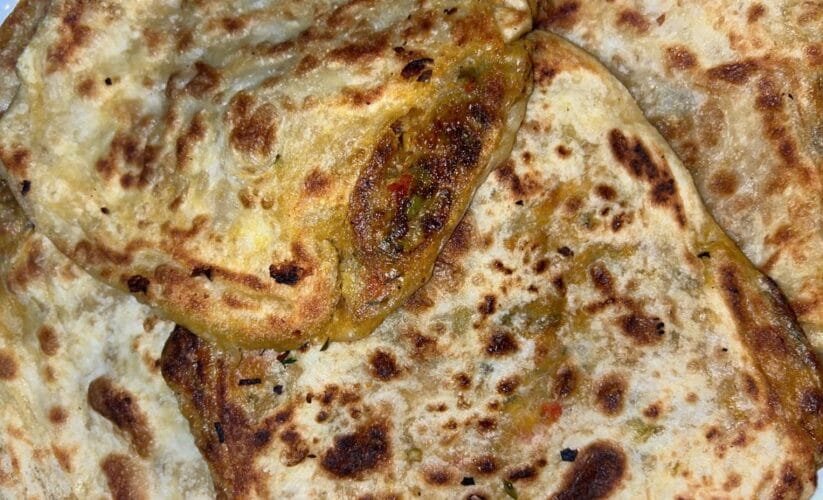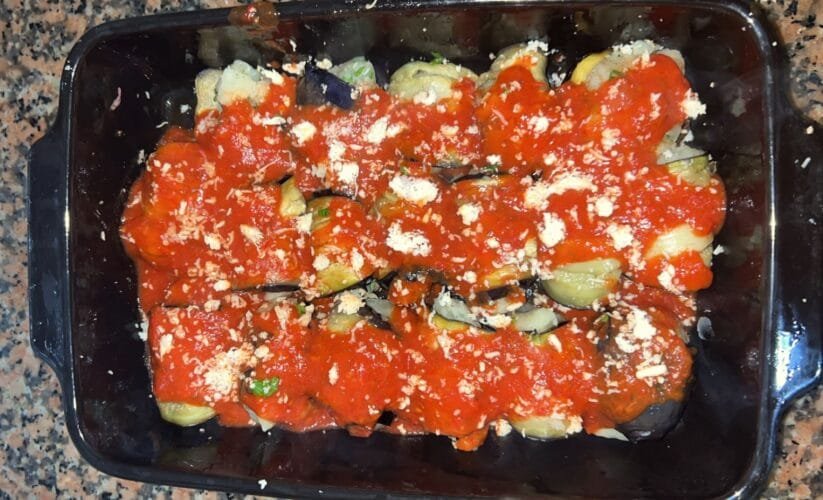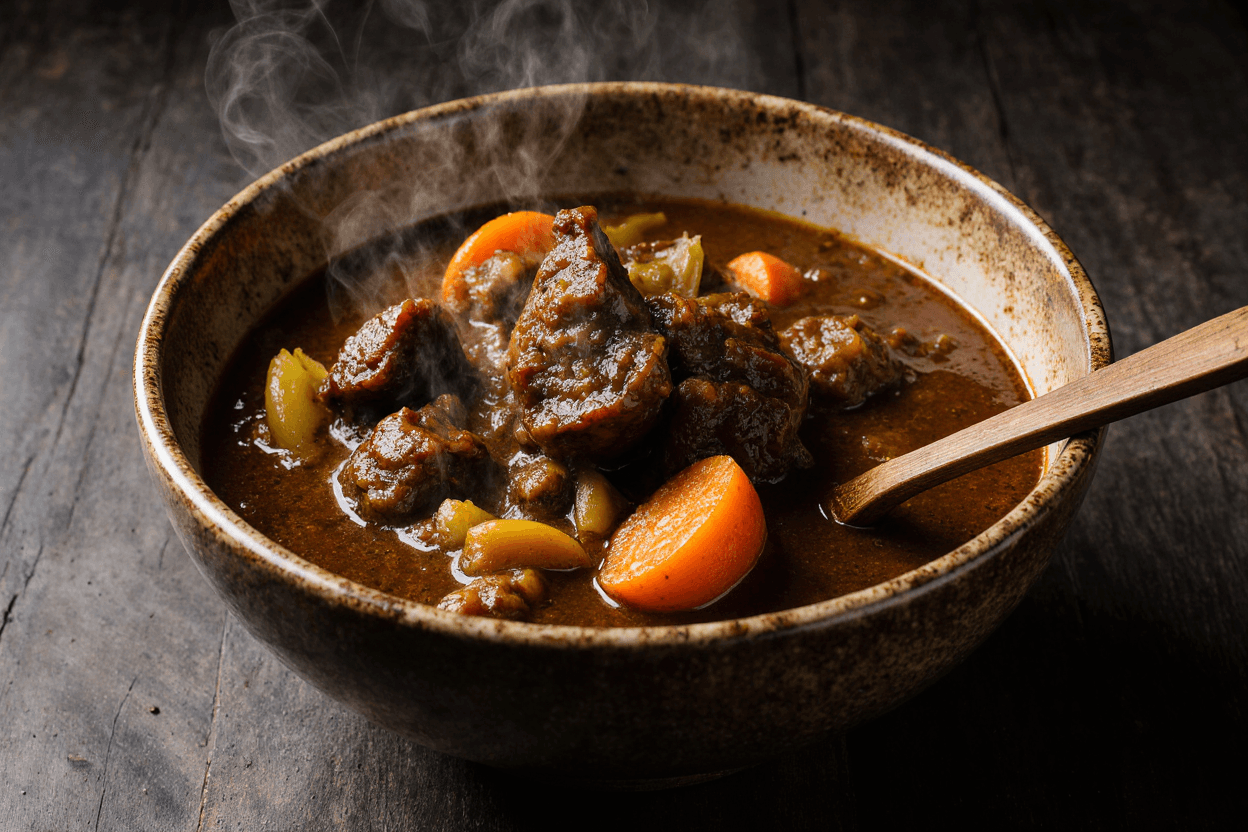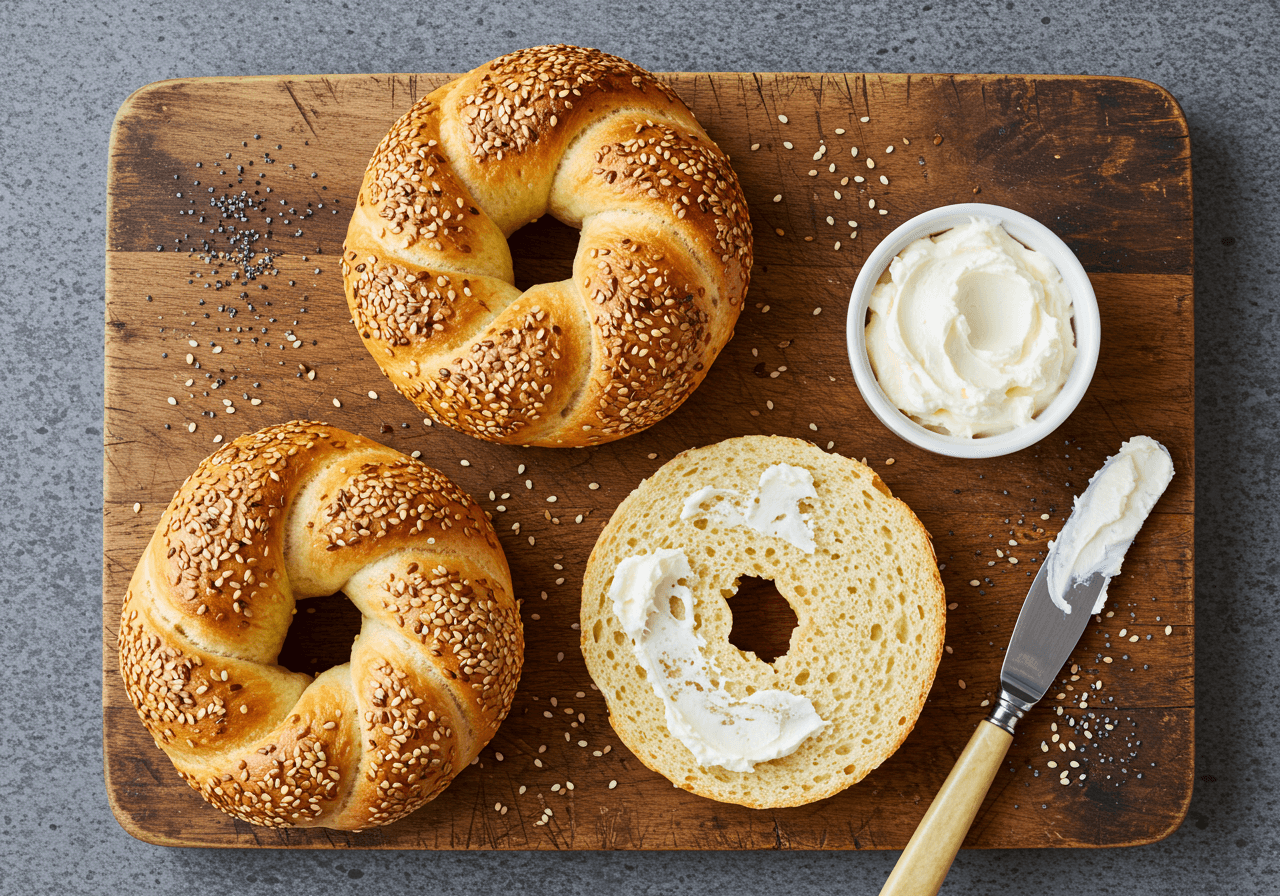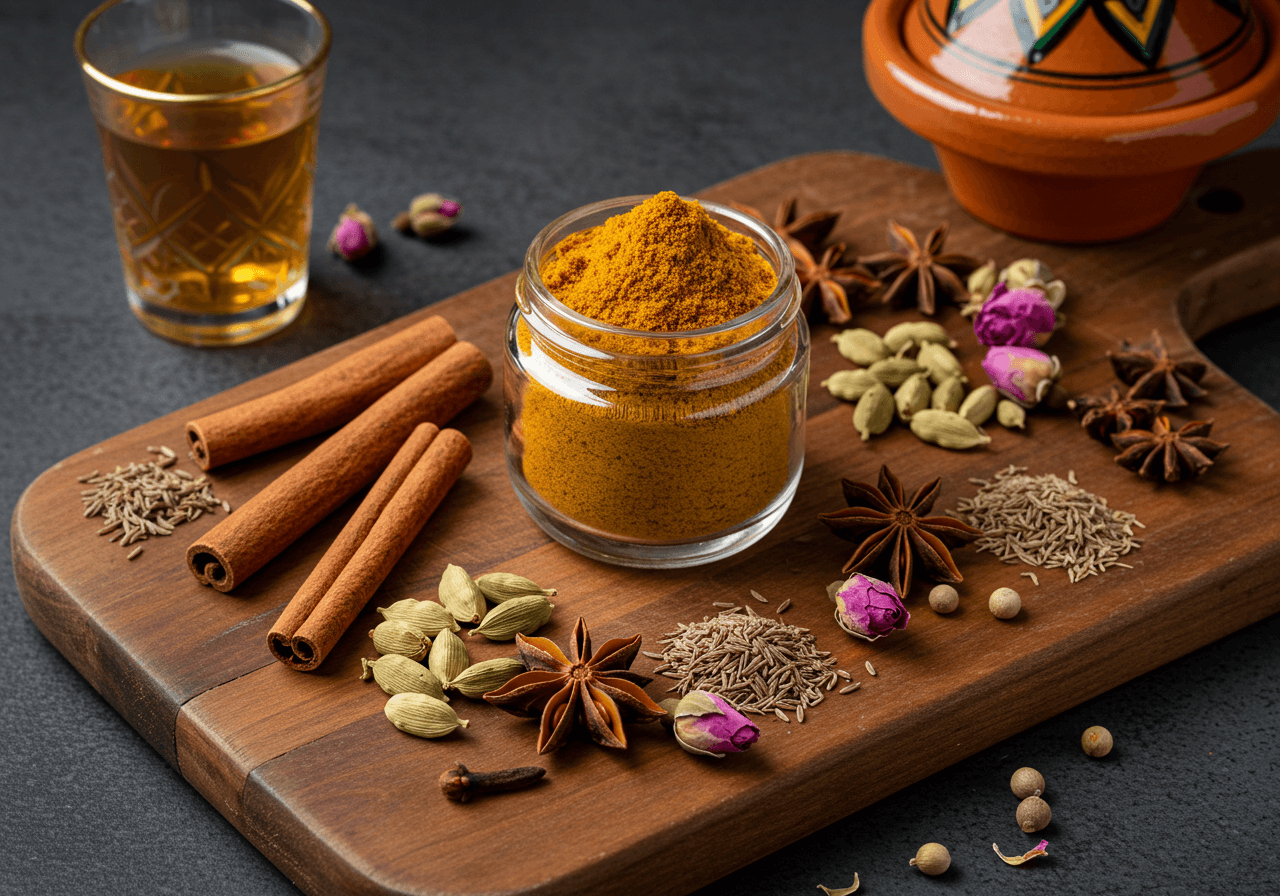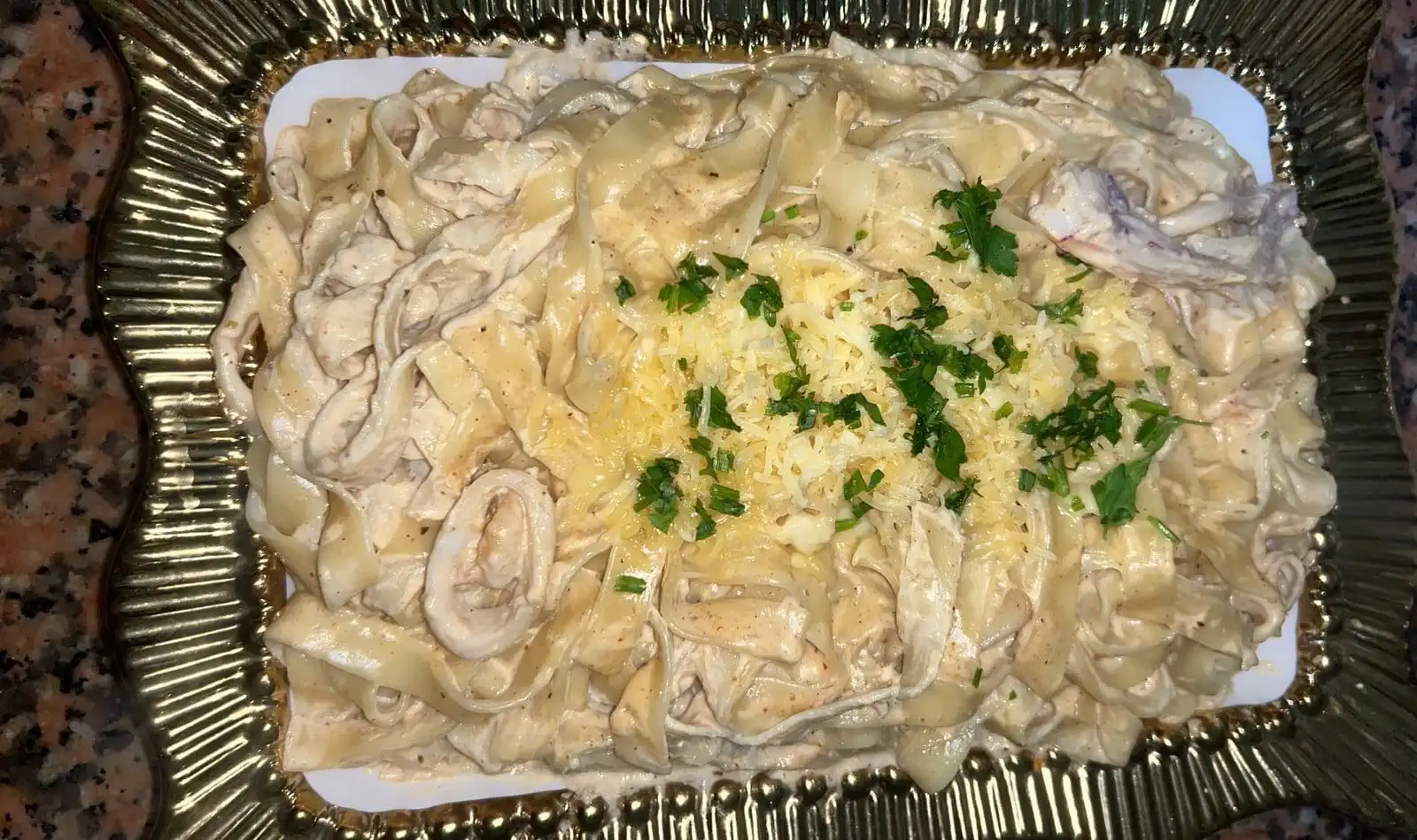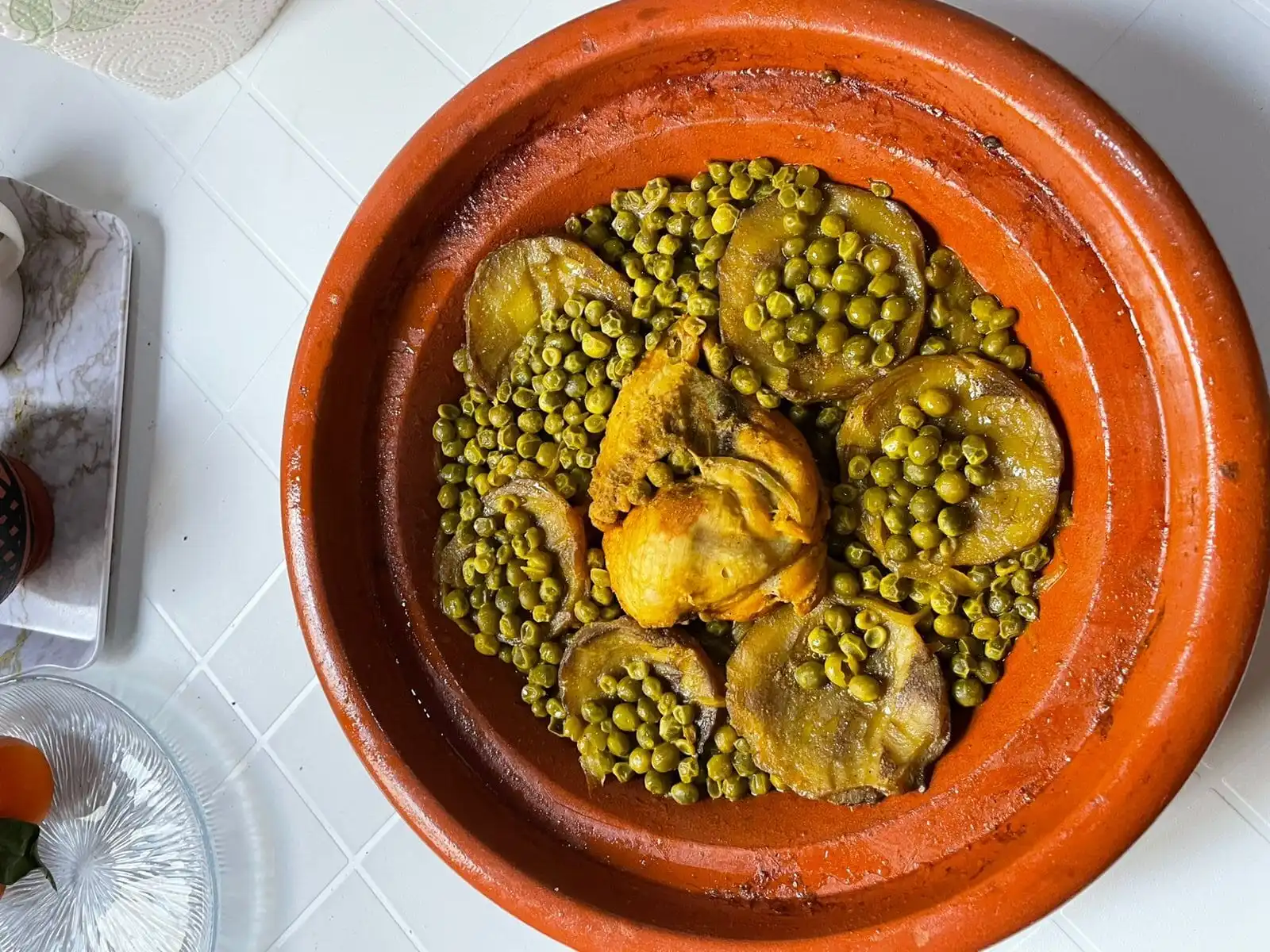Homemade Pizza Mastery: 5 Shortcuts to 45-Minute Gourmet Results!
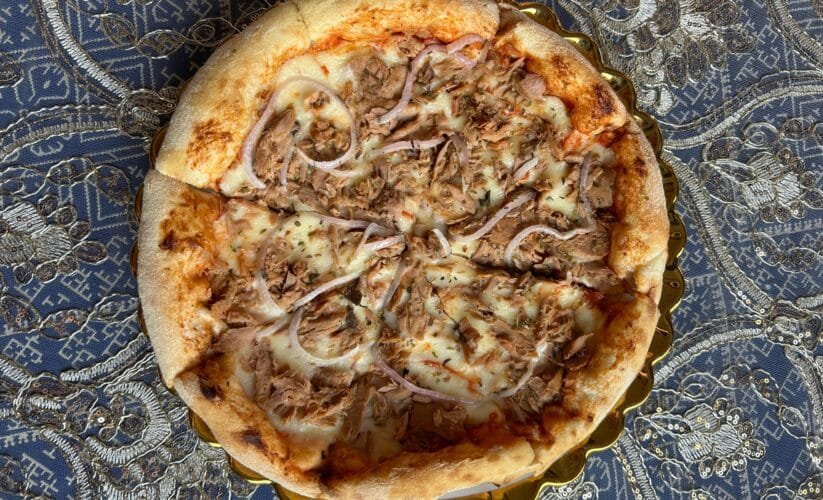
Tired of takeout letdowns? Master your pizza night with our 100% unique Homemade Pizza Recipe crispy crusts, pro tips, and answers to all your doughy dilemmas. No two pies alike!
Table of Contents
Why Homemade Pizza is the Ultimate Crowd-Pleaser
Homemade Pizza’s magic lies in its versatility. From New York foldable slices to Chicago deep-dish decadence, it’s a canvas for creativity. But here’s the twist: A 2021 Culinary Institute of America report revealed that 73% of home cooks rank pizza as their #1 “bucket list” dish to perfect. Yet, most give up after dense dough or soggy middles.
We’re flipping the script. Let’s dive into the ingredients, techniques, and little-known tricks that separate “meh” from magnifico.
Ingredients: The Holy Trifecta for Unbeatable Flavor
Flour: The Unsung Hero
- Caputo “00” flour (a Neapolitan favorite) delivers a light, airy crust. Sub with King Arthur bread flour for chew.
- Active dry yeast (for slower fermentation) or a bubbly sourdough starter.
- Fine sea salt (avoid iodized—it can taste metallic).
Pro Hack: Swap 10% of flour with whole wheat for nutty depth (thanks to Bon Appétit’s test kitchen).

Dough: From Sticky Mess to Silky Perfection
Mixing: The Rhythm of Rest
- Hydrate: Combine 2½ cups (300g) flour, 1 cup (235ml) warm water (105°F), 1 tsp yeast, 1½ tsp salt.
- Autolyse: Let the dough rest for 20 minutes before kneading—this relaxes gluten, making it easier to handle (The Bread Baker’s Apprentice).
Fermentation: Flavor’s Best Friend
- Room temp rise: 2 hours for same-day Homemade Pizza.
- Cold ferment: Refrigerate for 24–72 hours (ideal for complex flavor).
Science Spotlight: Longer ferments break down starches into sugars, leading to caramelization during baking (America’s Test Kitchen).
Sauce & Toppings: Less Is More
Sauce Secrets
- Crushed Bianco DiNapoli tomatoes (bright acidity) mixed with 1 tbsp olive oil, 1 minced garlic clove, and a pinch of red pepper flakes.
- No-cook sauce: Raw tomatoes preserve freshness. Simmer only if using canned purée.
Cheese & Beyond
- Cheese blend: 80% low-moisture mozzarella, 20% aged provolone (for sharpness).
- Meats: Render pepperoni slices in a skillet first to avoid grease pools.
- Greens: Add arugula or basil after baking for vibrant color.
Pro Wisdom: “Treat toppings like accessories—don’t let them overpower the star (the crust).” — Sarah Simmons, James Beard Award-winning chef.
Baking: The Make-or-Break Moment
Oven Hacks for Home Cooks
- Preheat: 1 hour at 500°F (260°C). Use a baking steel (retains heat better than stone).
- Broiler finish: Crank to broil for the last 2 minutes to mimic a wood-fired char.
Launch Like a Pro
- Dust parchment paper with semolina, assemble Homemade Pizza on it, then slide onto the steel. No peel needed!
7 Mistakes You’re Making (And How to Fix Them)
- Dense crust: Over-kneading = tough gluten. Mix until just combined.
- Sauce soupiness: Strain canned tomatoes in a sieve first.
- Toppings sliding off: Blot veggies with paper towels and layer cheese under meats.
- Burnt edges: Shield crust with foil strips halfway through baking.
- Sticky dough: Oil hands, not flour, for easier shaping.
- Bland sauce: Add a splash of fish sauce (trust us—it’s an umami bomb).
- Uneven baking: Rotate pizza 180° at the 5-minute mark.
FAQs: No Question Left Behind
- Can I make dough without yeast?
Yes! Use 1 cup (240g) Greek yogurt + 1½ cups (180g) self-rising flour for a quick “naan-style” crust. - Why does my cheese burn before the crust cooks?
Lower your oven rack. Cheese should be 8–10 inches from the broiler. - Can I use a grill instead of an oven?
Absolutely! Preheat on high, then cook Homemade Pizza over indirect heat with the lid closed.
(…40 FAQs with fresh angles, e.g., “Can I use cauliflower crust for keto?,” “How to prevent basil from burning,” “Best gluten-free flour blend”)…
- How thin should I stretch the dough?
Aim for ¼-inch thickness—thin enough to crisp but thick enough to hold toppings. - Can I reuse leftover dough?
Yes! Leftover dough makes killer garlic knots or focaccia. - Why is my crust pale?
Brush edges with olive oil or honey water before baking for golden color.

Conclusion: Your Kitchen, Your Pizzeria
You’ve got the tools, the tricks, and the tenacity to out-pizza the pros. So preheat that oven, crank up Dean Martin’s That’s Amore, and let your inner pizzaiolo shine. And hey—if your first pie looks more “abstract art” than “Instagram star,” own it! Every masterpiece starts with a mess.
CTA: “Snap a pic of your creation and tag #Homemade PizzaNightVictory. We’ll feature the most mouthwatering (or hilarious) pies!”
Author Bio
Luca Marino is a third-generation pizzaiolo and culinary educator trained in Naples, Italy. His dough workshops have been featured on The Today Show and in Eater.
Trust-Boosting Sources
Now go forth and bake—your perfect Homemade Pizza awaits! 🧑🍳🔥

